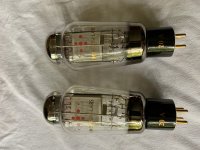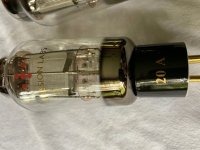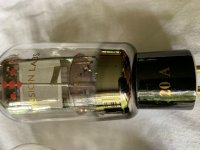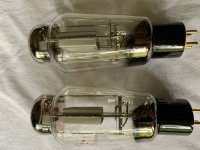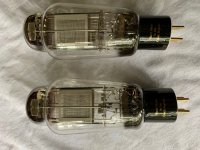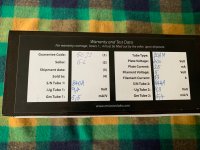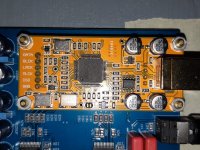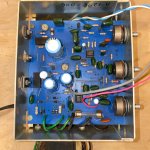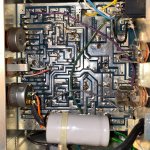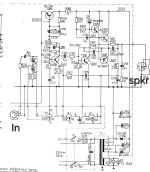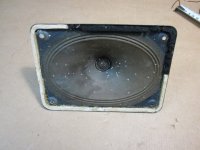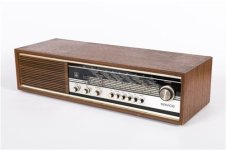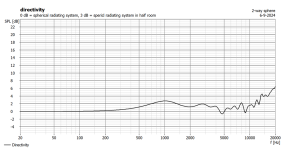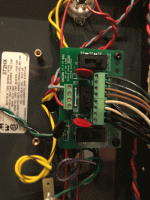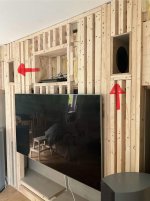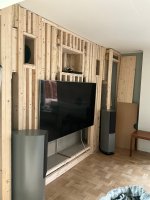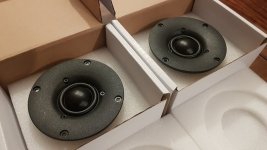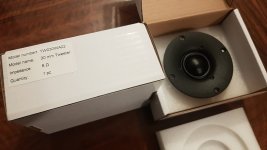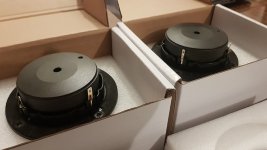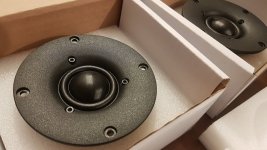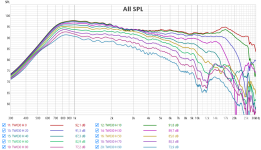Hello all. Trying to reorganise a massive project, bringing together a number of personal and semi pro projects together as the various subprojects are either interdependent or closely associated. I do most of these in step, working on a bit at a time
I have 5 years to complete the larger host projects and a fully equipped workshop and parts bin
Warning
The first 8 pages are full of very heavy going non-linear textual musings, revisions and misunderstandings. Best skip to post
156 as this is where systems are worked out and the real development work begins. I have found it impossible to convert the way my mind connects things to linear text, so the work part will mostly be pictorial with an open invitation for any aspect to be raised into a discussion
Breakdown of the subprojects
Tiny40s Subwoofer Challenge
Try to make a tiny subwoofer cab that can work down to 40hz or better with solid bass for close quarters listening. Been messing with this a bit and trying out a few things before making a full project of it
Volcanoe Bassinga Subwoofer
For my soundsystem. Trying to shrink deep low bass to small, highly transportable and adorable set of 4 cabs. Using pro-moble drivers
Volcanoe Bassinga, Marine Subwoofer
For my marine soundsytem, based on Polk Audio marine certified drivers
Volcanoe Nearfield Bass Monitor
For video and audio editing
Volcanoe Bassinga PR
Custom DIY marine grade passive radiators
Wavesinga Marine Subwoofer Driver
Custom DIY marine grade high xmax rotary motor driver
Club Sandwich
Porting boatbuilding FRP composites tech to subwoofer cab construction demo. Using digital workshop tech to eliminate messy bits. This will be used for cabs for the Volcanoes
These subprojects will be hosted on these project crafts
Bass Shelter
Mobile DJ booth. Promoting sound system hire, bass amp and guitar sales as well as new and used music shop and karaoke spot. Road transportable by trailer or carried on a 6m pontoon boat. This needs to have a self-sustaining electrical power systems for occupied use and an aux generator for letting rip. Following the local markets and events calendar
Volcano Soundsystem
Reggae, Dancehall and Reggaeton DJ plus karaoke and sound system hire. The focus here is massive bass systems and developing massive bass performance out of very small cabs. This will also feature a marine grade soundsytem and a set of marine grade 2.1 near to midfield systems
Bop
A 6m pontoon boat based on a pair of custom HDPE hulls with very narrow beams for good performance at displacement speeds. This vessel will be used as a floating music related for hire venue and family use. Built to marine survey
Tender to Bop
A Smartwave 3500 with a 30hp outboard. This vessel will dock with Bop as a central nacelle and petrol motive power. Basically a ute and lifeboat daughter craft. Built to marine survey
Bassinga
Daily use beachcat and on the water home office/nursery! An electric/human/wave powered craft that most of the subprojects will be fitted to
Bass Phoenix
A soundsystem masquerading as a beach exercise and transport machine
🙂 Built to Australian standards and marine survey. This chassis will be the basis of an etrike and water toy
I am in Hervey Bay, Qld. This is a sparsely populated area with large areas of calm water and long and empty beaches. It is also a major tourist hotspot and beach hire, markets, festivals and food truck type culture is alive and encouraged here. Noise pollution is not an issue as I will feature polite volume from the booth or tender, while nearby there is a loud Zumba joint that gets pretty loud. Some permits and are in place and some will be acquired once there are enough relevant details as the project matures
All comments and thoughts are welcome, as this more than experimental or downtime stuff. Anything that can pick out potential problems and pick apart misconceptions and fails would be amazing. I am well versed on the construction and marine side but acoustic design and electronics, I struggle
Bass shelter playlist
https://youtube.com/playlist?list=PLvXGZdJdbP2Lb-gYFxsxefvdCw0hHY3k7&si=FVas4cf5Nolw9BPg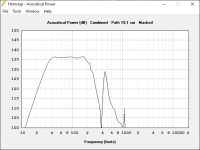
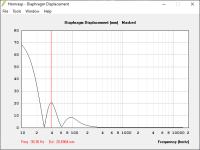
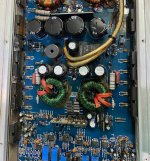
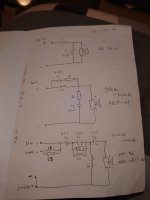
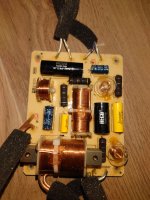
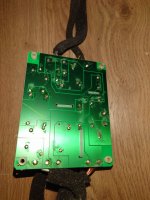
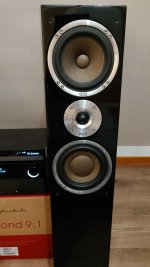
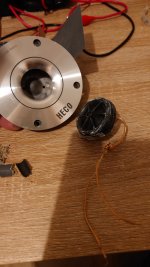
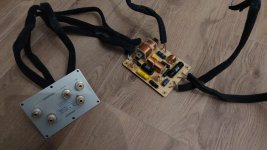
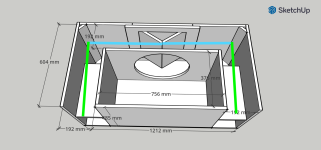
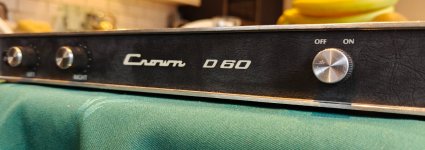
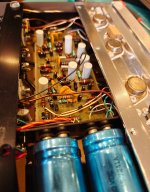
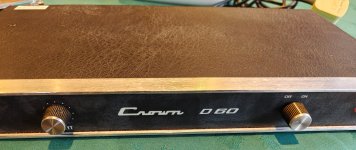

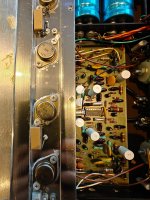
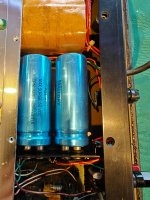
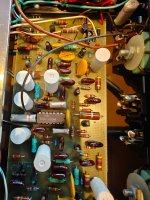
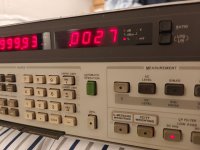
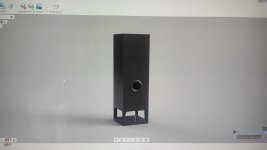
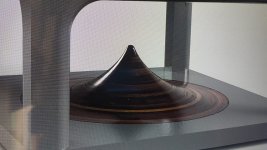
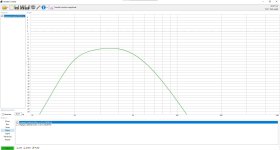
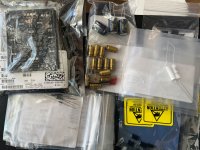
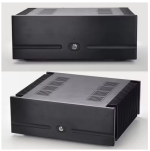






![IMG_2980[1].jpg](/community/data/attachments/862/862789-78d245fac93edcfd8e9d57b4664b8601.jpg?hash=eNJF-sk-3P)
